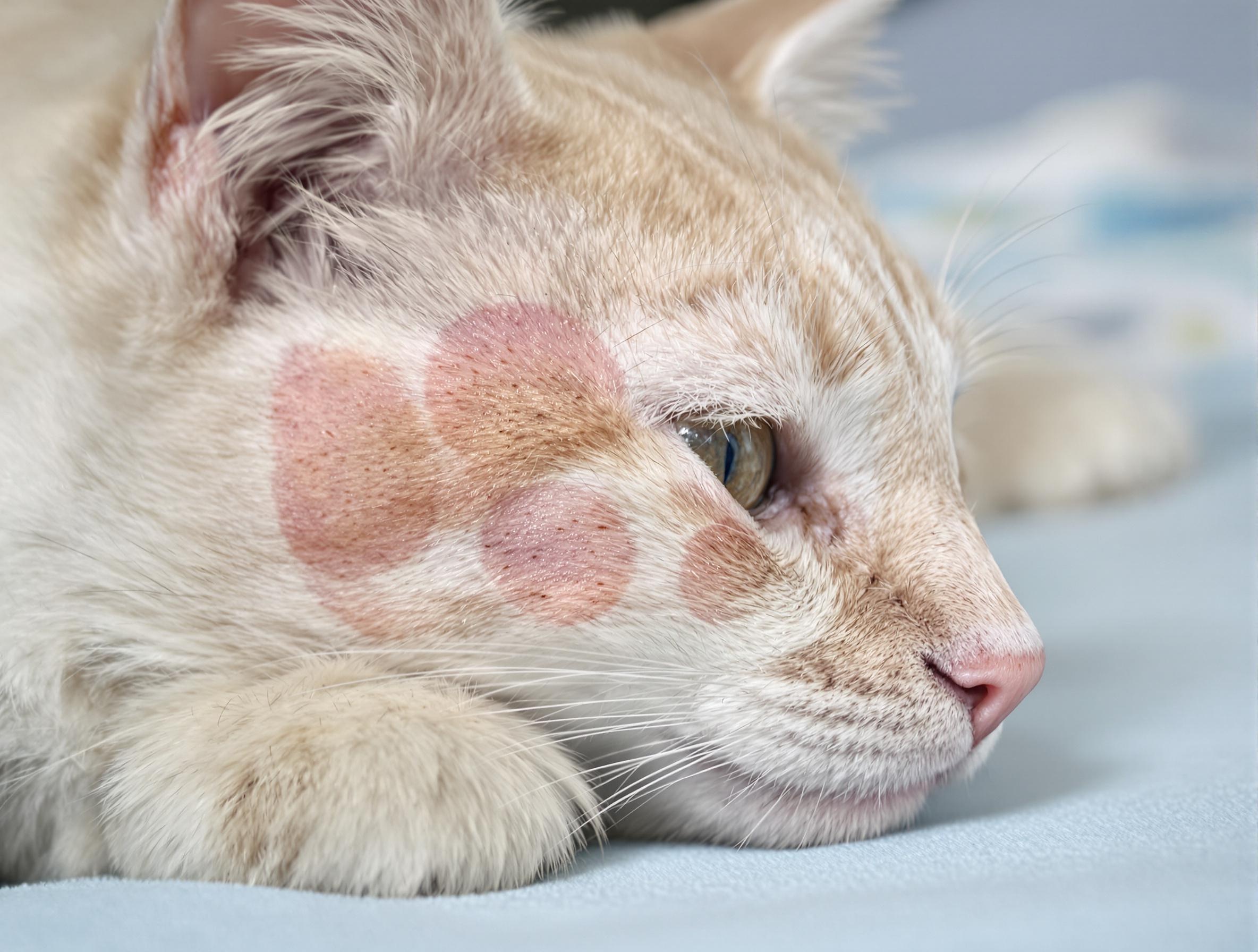How do Topical Flea Preventatives Work?

Topical flea preventatives are liquid solutions that are applied externally on dogs and cats to protect against fleas, ticks, and other harmful insects. For cats and small dogs, topicals are typically applied in one spot between the shoulders. For dogs, topicals are applied evenly along the upper spine. For accurate dosing, topicals must be applied directly to the skin, not on the hair.
Some topicals work through spreading via the hair and the skin’s natural body oils. For these topicals, fleas don’t have to bite your pet to die. Once they come into contact with your pet’s coat, they are killed. Other topicals work through absorbing through the skin and circulating into the bloodstream. For these topicals, fleas are killed when they bite the pet. That’s how it treats the entire body, not just the area of application.
Common ingredients of topicals are primarily insect neurotoxins, which kill fleas and ticks by targeting the function of the nervous system, resulting in paralysis and death. Fipronil, (S)-methoprene, imidacloprid, permethrin, and pyriproxyfen are among the many common ingredients found in topical flea and tick preventatives.
In order to keep your pet protected at all times, you must follow the correct dosing schedule. Most topicals required monthly dosing, except Bravecto, which provides up to 12 weeks of protection. Prevention is key to keep your pet safe from harmful pests, and choosing the best topical flea prevention for your pet can be difficult. Use this chart to help you choose the best topical for your pet.
Vet-recommended topical flea preventatives:





